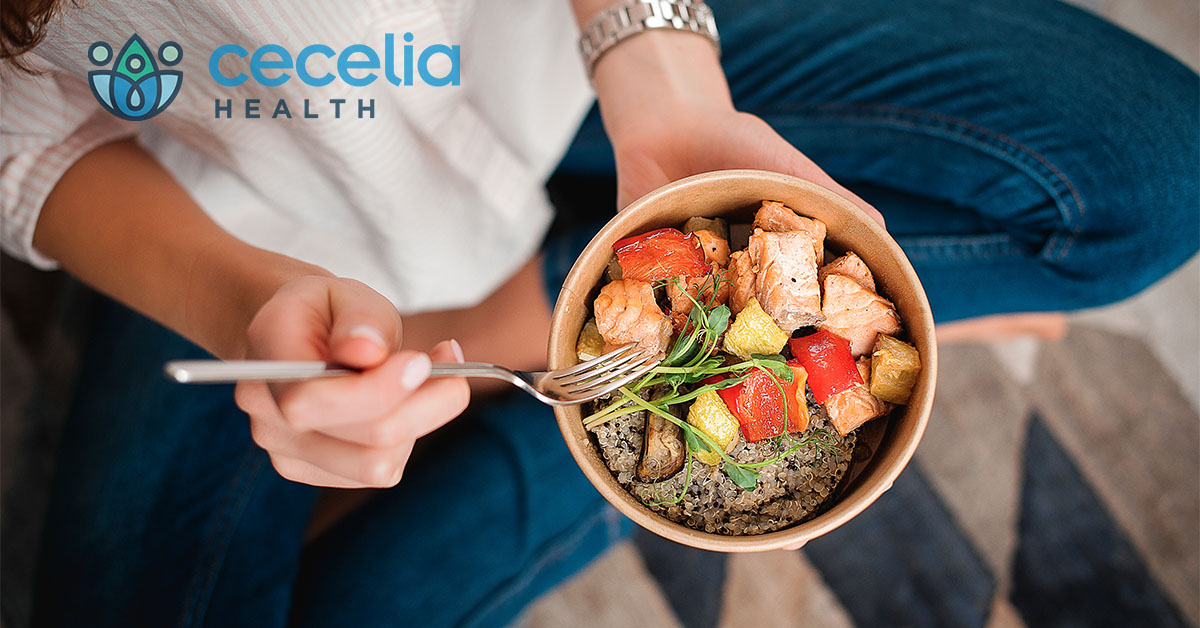Making healthy and smart food choices can be especially challenging when surrounded by temptations. We have all experienced cravings in some form, that longing feeling that seizes the body and convinces the mind that you must eat certain foods NOW. Why does this happen and how can we quell the cravings in a healthy way, in order to keep on track with our health goals? Cravings stem from a variety of possible causes, ranging from psychological imbalances to physical deprivation. By understanding how cravings are created, you can learn how to conquer them successfully.
Habits are far easier to make than to break. People often establish less healthy habits from a young age, for example expecting a sweet treat after meals. As an adult, changing this “comfort” behavior can be challenging, it is almost as if we feel obligated and compelled to eat something sweet after a meal, even when we are no longer hungry. Chemically, repeated behavior engrains a habit in the mind and this can be challenging to break away from. Unfavorable habits CAN begin changed in approximately 60 days or less, but being consistent and diligent is key for longer-term success.
Tips to breaking bad habits
1. Plate your Portions
If you have trouble stopping yourself while having particular snacks or sweets, plate them up and put the packages away. Decide beforehand how much you intend to consume and then, put the rest out of sight. Studies reveal that if a snack item is within close reach, you will eat up to 30% more compared to if you put it away. Break off a square of dark chocolate, take out three dried mango slices, grab a small handful of crackers, then put the rest of the food away. If you want seconds, ask yourself whether you are truly hungry, or eating for taste.
2. Keep Hydrated
We often confuse thirst for cravings and hunger. It is therefore crucial to hydrate by drinking water throughout the day. Drinking sufficient amounts of water not only helps stop cravings, it also keeps your body functioning properly and is key for weight management and overall health. By preventing dehydration, water acts as a natural appetite suppressant. When the body is dehydrated, it can send false signals of hunger and lead to a strong craving for something savory or sweet. If a craving strikes, start with drinking water beforehand, in addition to drinking regularly between meals. As an added tip for hydration, start and conclude your day with lemon water. This is a natural way to gently cleanse the gut.
Certain food sources can also aid hydration and help with cravings, though foods should not be treated as a substitute to drinking water. Many fruits and vegetables are very high in natural water content and are perfect as part of an overall healthy balanced diet.
3. Make Time For Movement
Going for a walk helps to curb your cravings while burning extra calories at the same time, win win! Walking daily will also activate the lymphatic system and massage the intestines to ensure proper digestion and aid with regularity. When a craving hits, try a short walk to a nearby park or down the street may even help you forget what you were craving in the first place. The next time you want to raid the treat cupboard, consider taking a mindful pause to determine whether you are actually hungry. Sip some water, throw on some shoes and head outside for 10 minutes. If you are still hungry upon your return, you are more likely to make a healthy choice to satisfy your genuine hunger.
4. Sleep
Insufficient sleep reduces the amount of leptin in your body which can lead to more cravings. Leptin is sometimes called the “satiety hormone” as it helps inhibit hunger and regulate energy balance. In effect, it works to help the body avoid triggering hunger responses when it does not need energy. If leptin levels drop due to lack of sleep, this can trigger huge increases in appetite and hunger response, with resultant increases in food cravings, making weight management more difficult. Therefore, sleeping enough each night, ideally 7-9 hours, is vital for reducing cravings and balancing the body’s hormone response.
5. Balanced Diet
Eating a well-balanced, nutrient-dense diet will ensure you are not hungry between meals, thus minimizing the likelihood of giving into your cravings to snack and graze. This means eating sufficient macronutrients including carbohydrates, fat, protein, vitamins and minerals with each meal. The USDA MyPlate guide offers a helpful link to determine an appropriate amount of calories to consume for your height and weight.
By following these helpful tips and guidelines, you can achieve success with quelling your cravings in no time.
